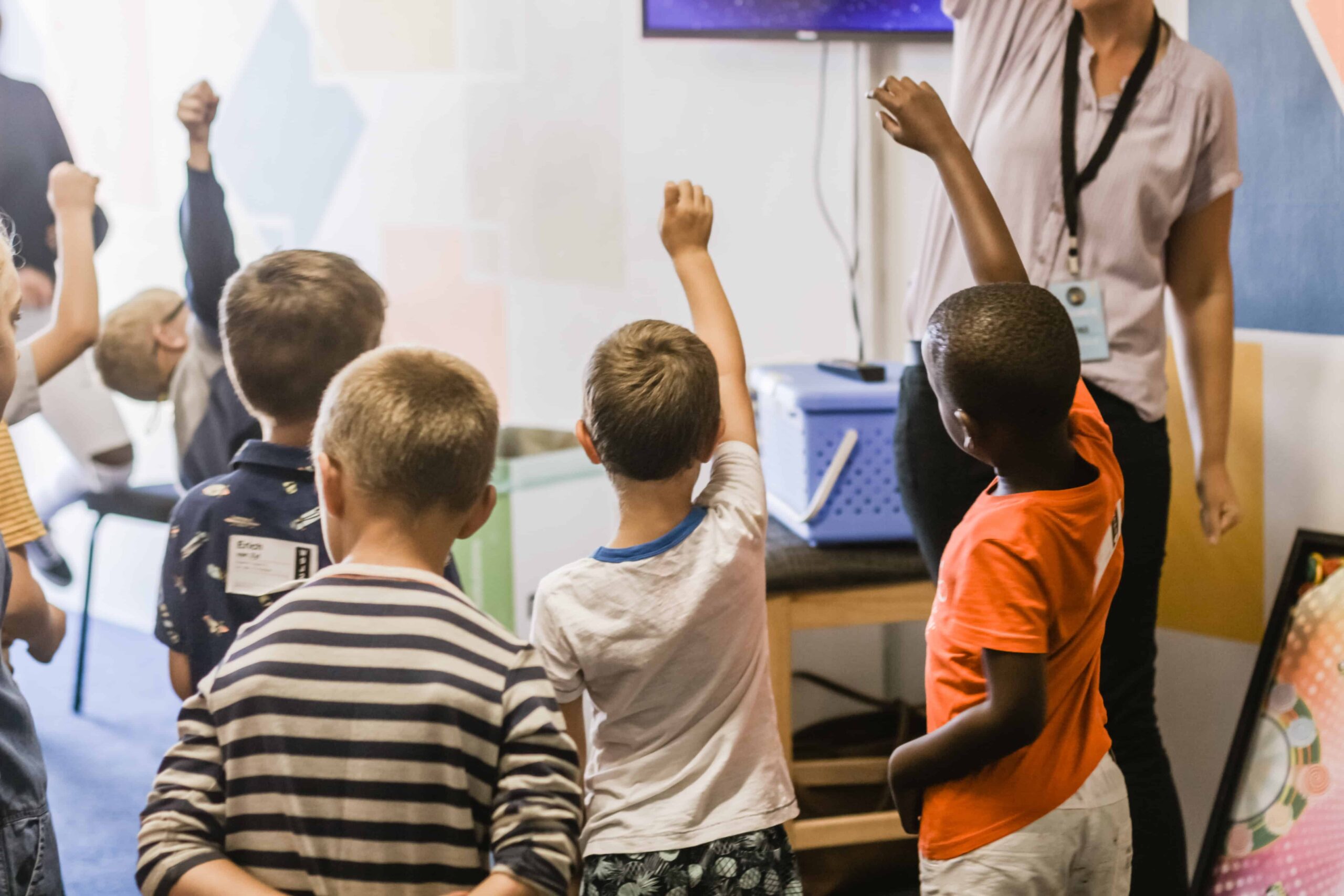My presentation a few weeks ago to optometrists and occupational therapists attending the national Neuro-Optometric Rehabilitation Association meeting in Phoenix, as well as all the September news reports about children returning to school, reminded me of the significant role visual skills play in the success of any student. I am not talking about 20/20 clarity of a child’s central eyesight, rather how other visual skills are dependent on mind-eye connections and integration of a person’s sensory systems, including seeing and hearing.
What do I mean by that?
At the Mind-Eye Institute, we assess “visual processing.” Processing refers to the ability of the brain (partially beneath a conscious level of awareness) to take in many external sensory signals – from eyesight, hearing, smell, taste and touch; synthesize the information; and then react and respond depending on internal sensory signals. When intact, visual processing enables people to understand and respond appropriately to the world around them. If brain circuitry is out of sync because it has been disrupted – or, in the case, of younger children, perhaps under-developed — people can become confused about their surrounding environment and exhibit inappropriate reactions and responses to sensory changes
In the school setting, a student must be able to maintain awareness of a teacher’s facial expressions, body posture and movements while looking at information presented on a classroom screen or board — all this while simultaneously listening and comprehending what the teacher is saying. In addition, shifting gaze – and attention — from teacher to note-taking needs to be automated. All these tasks must be synchronized and accomplished by “tuning out” distractions, such as the whispering of nearby students, sounds of others shuffling papers, even the changing light coming through classroom windows as the sun plays hide-and-seek with clouds.
My colleague, optometrist Peter Guhl, suggests that classroom success relies on the three “A’s” – Attention, Awareness and Action. Children act on the basis of their level of attention and the expansiveness of their awareness. The broader a child’s awareness, the easier for distractions to shift the child’s attention – and focus — away from the work at hand. Too frequently, a child who struggles to learn is diagnosed as having a problem, such as attention deficit hyperactivity disorder (ADHD), and is shunted into a special-education program, when what the child actually requires is testing to determine how well his or her eyes, ears and other sensory systems are integrated.
Illinois, for example, mandates evaluation of a child’s eyesight and hearing before attending school. If a child hears well in one test and sees well with 20/20 clarity in another, then parents, teachers and many health professionals assume those sensory systems are working well together. But that is not always the case; with few exceptions, current law requires no testing to determine how well a child’s senses are synchronized.
Our sensory systems are analogous to musicians in an orchestra. Each musician may be highly skilled in a specific instrument, but without a conductor synchronizing what they are playing together, the result is simply noise – not music.
Our Mind-Eye team has had much success in transforming the lives of children in the classroom through proper evaluation and the use of “brain” glasses – therapeutic lenses that we often refer to as Brainwear™. Each pair of eyeglasses is precisely and individually manufactured and designed to readjust a patient’s visual processing and eye-ear integration.
By changing the way light disperses across the retina, we can affect how the brain reacts to information about the environment and normalize a person’s spatial awareness, body posture and selective attention to sound. Using prescriptive eyeglasses, lenses or other optometric interventions to selectively stimulate light dispersed on the retina, the Mind-Eye Institute is helping patients redevelop visual skills during recovery from debilitating symptoms of brain injuries and neurological disorders and working to develop skills in patients, including children, described as having “learning problems.”
We are nearly 20 percent of the way into the 21st century, yet many ophthalmologists and optometrists continue relying on standard 20/20 eye-clarity testing developed in the 1860s when much of this country was composed of forests, mountains and prairies and travel was by horseback, buckboard or covered wagon. Central eyesight makes up only a small volume of incoming information. In a society replete with constantly moving traffic, vehicle computer screens, electronic signage and high-tech toys and other gizmos, peripheral eyesight now plays a much greater role in our visual processing. Trying to look at a power point slide while tuning out visual clutter from the walls, floor, ceiling, and other surroundings is difficult.
Of interesting note during my recent travels, I saw an old-fashioned school chalkboard – with real chalk! That got me to thinking what an important role chalk once played in helping develop and integrate a child’s tactile sensory system and fine motor control in the classroom. Chalk does not flow across a board easily. It needs to be pressed and manipulated – unlike today’s smooth white boards with dry-erase markers or, certainly, classroom projection screens that simply require the press of a finger on a computer mouse.
As many as 20 percent of children now labelled as learning-challenged and placed in special education classes might be able to return to the regular classroom if only their visual and auditory signals were coordinated. Many visual processing problems can be addressed through use of therapeutic eye glasses.
At the Mind-Eye Institute, our mantra is to update a more than 150-year-old 20/20 eyesight-testing system that was brilliant for its time but needs modification relevant to 21st century society. Let’s leave 20/20 in the 20th century as we go further into the 21st!
Deborah Zelinsky, O.D.
Founder and Executive Director
Mind-Eye Institute

Media
150-Year-Old Eye Testing Needs Update for Today’s Classroom
Well Integrated Visual Skills Critical to Learning Success
